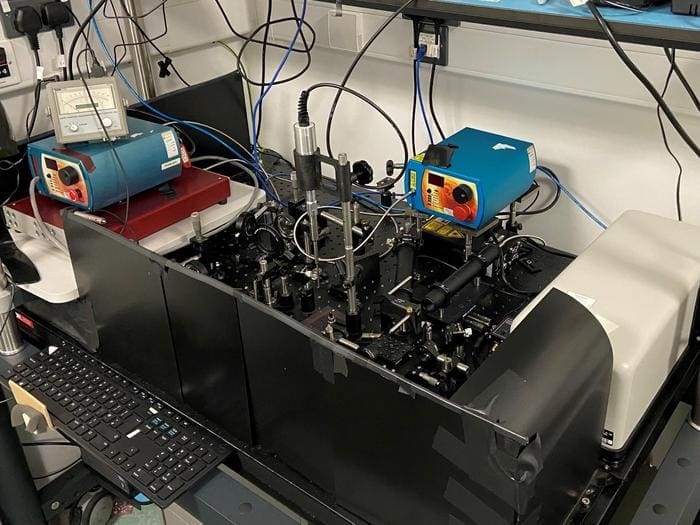Cranfield University researchers unveil innovative techniques to detect honey adulteration
In a significant advancement for food authenticity, researchers at Cranfield University have developed new methods to swiftly and accurately detect adulterated honey, offering new hope in the fight against food fraud. The research, conducted in collaboration with the Food Standards Agency (FSA) and the UK’s Science and Technology Facilities Council (STFC), introduces novel testing techniques capable of identifying honey diluted with cheap sugar syrups.
The rising global demand for honey, with the UK alone importing £89.8 million worth of honey in 2023, has made it a prime target for fraud. A European Commission report revealed that nearly half (46%) of 147 honey samples tested in 2023 were likely adulterated with inexpensive plant syrups. Given honey’s complex composition, which varies by nectar source, harvest season, and geography, current methods of detecting these impurities are both time-consuming and costly.
The research led by Dr. Maria Anastasiadi, a Lecturer in Bioinformatics at Cranfield University, successfully tested two innovative methods to authenticate honey, promising a faster and more reliable approach to maintaining honey purity.
Detecting fake honey without opening the jar

One of the new techniques1, developed at STFC’s Central Laser Facility, utilizes Spatial Offset Raman Spectroscopy (SORS) to detect sugar syrups in honey without even opening the jar. Originally used in pharmaceutical and security diagnostics, this non-invasive method rapidly identifies the unique “fingerprint” of ingredients within honey, distinguishing pure honey from that adulterated with syrups. By combining SORS with machine learning, the team was able to accurately detect sugar syrups derived from various plant sources.
“This method is an effective, quick tool to identify suspicious samples of honey, helping the industry to protect consumers and verify supply chains,” said Dr. Anastasiadi.
DNA Barcoding: a new frontier in honey authentication
In another study2, researchers employed DNA barcoding – a method commonly used in food authentication – to detect even minute traces of adulteration in honey.

Working with the FSA and the Institute for Global Food Security at Queen’s University of Belfast, the team analyzed 21 honey samples, some of which were spiked with corn and rice syrups. The DNA barcoding technique successfully identified these syrups, even at just 1% adulteration levels.
Dr. Anastasiadi highlighted the potential of DNA barcoding in tackling honey fraud, noting: “Our study showed that this is a sensitive, reliable, and robust way to detect adulteration and confirm the origins of syrups added to the honey.”
“The large variation of honey composition makes it particularly difficult to authenticate. So having this consistent technique in the testing armoury could take the sting out of honey fraud,” she added.
The development of these two methods marks a significant step forward in the battle against honey adulteration. As Sophie Dodd, a PhD student at Cranfield University working on honey authentication, emphasized, the support from the Bee Farmers Association was crucial in validating these methods.
Together, these techniques promise to enhance the integrity of honey testing and protect both consumers and genuine honey producers from fraudulent practices.
Journal Reference:
(1) Shehata, M.; Dodd, S.; Mosca, S.; Matousek, P.; Parmar, B.; Kevei, Z.; Anastasiadi, M. ‘Application of Spatial Offset Raman Spectroscopy (SORS) and Machine Learning for Sugar Syrup Adulteration Detection in UK Honey’, Foods 13, 2425 (2024). DOI: 10.3390/foods13152425
(2) Sophie Dodd, Zoltan Kevei, Zahra Karimi, Bhavna Parmar, David Franklin, Anastasios Koidis, Maria Anastasiadi, ‘Detection of sugar syrup adulteration in UK honey using DNA barcoding’, Food Control Vol. 167, 110772 (2025). DOI: 10.1016/j.foodcont.2024.110772
Article Source:
Press Release/Material by Cranfield University
Featured image credit: Jasmijn Hofstra | Unsplash




